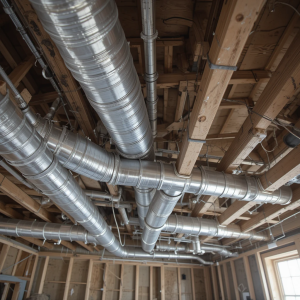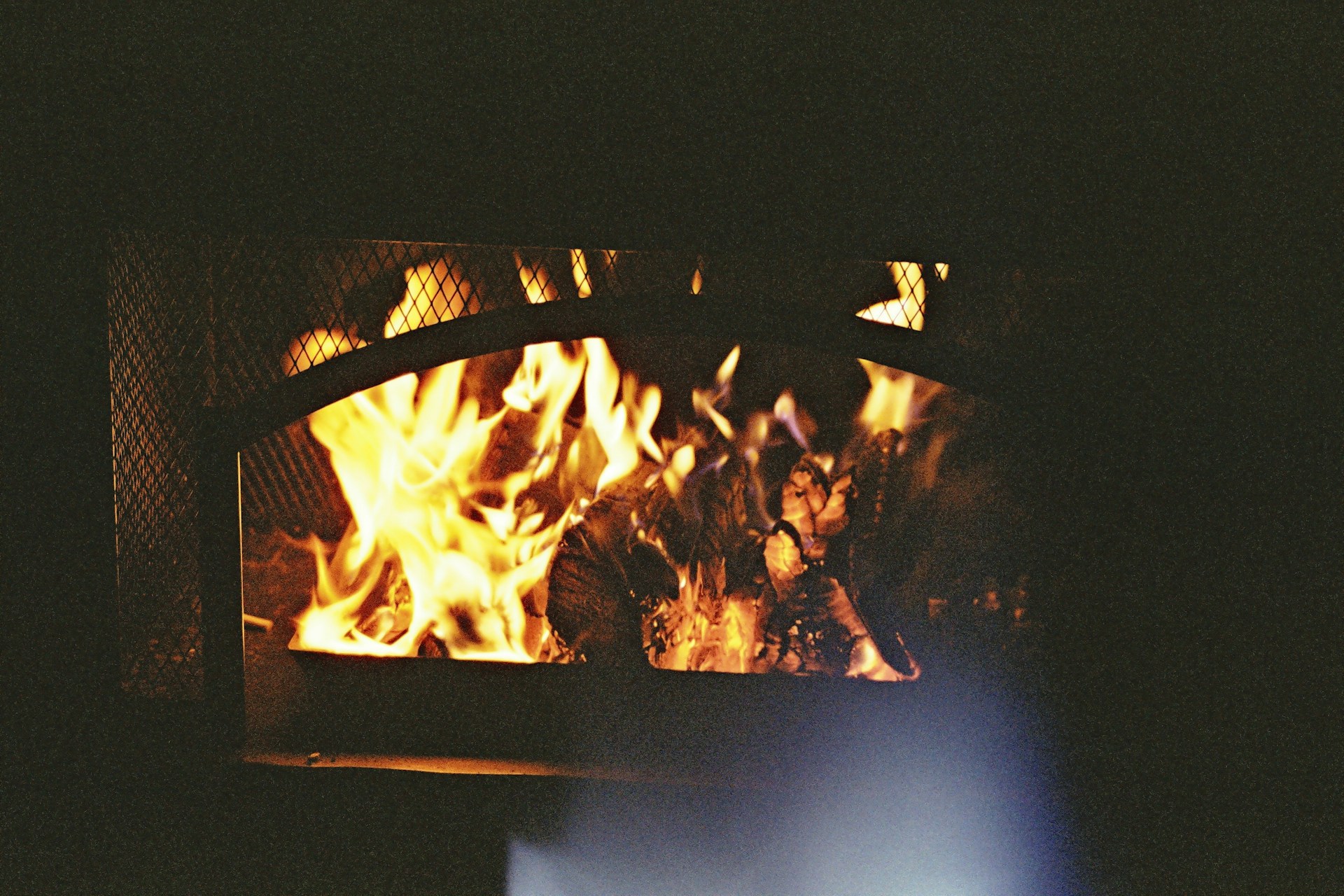Best Furnace Installation Services
Furnace installation is not exactly something most homeowners look forward to. It is not exciting, it is definitely not cheap, and let’s be honest, it usually comes up right when you need heat the most. Still, replacing an old, struggling furnace can be one of the smartest moves you make for your home. Once it’s installed and running the way it should, it’s one of those upgrades you’ll wonder why you waited on. The key is going in prepared. In this blog, I’m breaking down what furnace installation really involves, from planning and safety checks to wiring, ventilation, and final testing, so when the time comes, you know exactly what to expect. No surprises, no stress.Furnace Installation Seattle
This is where everything starts, and honestly, furnace installation is is one of the most important parts. Choosing the right furnace isn’t just about picking a popular brand or going with the cheapest option. It’s about finding a system that fits your home, your lifestyle, and your budget, both now and long-term. A good plan considers more than just the furnace itself. Ductwork, ventilation, fuel type, efficiency ratings, all of it plays a role. At this stage, we’re not rushing decisions. We’re making sure the setup makes sense and that when installation day comes, there are no surprises.

Choosing the Right Furnace
This part is not always straightforward. There are gas, electric, and high-efficiency furnace installation, and while the right choice depends on your home, climate, and budget, it also depends on how long you plan to stay. At NEXUM, we always ask that question upfront: Are you here for the long haul, or just trying to make it through a few more winters comfortably? A properly sized unit matters just as much as the brand. Too small, and your system struggles nonstop. Too large, and you get short cycles that burn energy and wear out the system faster. It’s not about guessing, it’s about running the right calculations.Ductwork Installation
If your existing ductwork is in decent shape, that’s great. But older homes or past DIY jobs sometimes reveal leaks, poor airflow, or undersized returns that make even a brand-new furnace work too hard. Before we touch the furnace installation itself, NEXUM techs always check ductwork capacity, because what’s the point of installing something efficient if the air can’t move properly?
Combustion Air and Exhaust
This is one of those behind-the-scenes details that most homeowners never see, but it matters a lot for furnace installation. Furnaces need a steady supply of clean air to burn fuel safely, and just as importantly, they need to get rid of combustion gases (carbon monoxide included) safely and completely. Whether we are installing a direct-vent system or upgrading old flue pipes, this step is non-negotiable.Preparing for Installation Day
A smooth install starts with good preparations. Before anything gets unhooked or installed, we double-check all the essentials, safety clearances, gas shutoffs, electrical access, and even how we’ll get the new unit into the space. If your furnace is tucked in a tight closet or attic, we want to know that ahead of time. This step also includes pulling permits (if required) and making sure your system will meet current codes. Nothing fancy here, just solid, necessary preps that set everything up for a clean, efficient install.Safety Checks
Before installation even begins, we make sure everything’s up to code. It’s not just about permits, it’s about safety. This includes checking clearances, verifying the combustion zone is sealed, and ensuring proper drainage for high-efficiency condensate lines.Gas Supply
If you’re running a gas furnace, the supply line needs to be inspected for pressure, size, and shutoff access. Sometimes it’s a quick pass, sometimes we find old or undersized piping that needs an upgrade, especially in older homes.Electrical Access
Even gas furnaces need electricity to run the blower, control board, and thermostat. We check that the electrical panel has capacity, that the existing wiring is safe, and that a proper disconnect is in place. If it’s not, we’ll let you know upfront, not halfway through the job.During The Installation
This is where the heavy lifting happens literally. The old furnace gets removed, the new one gets placed and connected, and we handle everything in between duct connections, electrical hookups, thermostat wiring, ventilation, and exhaust. Depending on your setup, it can be straightforward or a little more involved, but either way, the goal is the same, a safe, professional installation that works exactly as it should. We work clean, we test as we go, and we keep you updated if anything unexpected comes up. It’s your home you deserve to know what’s going on.Furnace Placement
Once we remove the old unit (which can be easy or a pain, depending on your setup), the new furnace gets placed and leveled. If the unit needs to be rotated, adjusted, or raised to meet clearance or drainage specs, we handle that now. Proper ventilation is also configured here which could mean cutting new holes, running new pipes, or adapting to what’s already there.Connecting Gas and Electricity
Once the furnace is physically in place, it gets hooked up to the gas line and powered up but not turned on yet. We run a leak check on the gas connection, double-check grounding, and make sure every connection is secure. These are not just boxes to check, they are critical to keeping your system (and your home) safe.Ductwork Adjustments
This is where things start to take shape. We connect the new furnace to your existing duct system, sealing joints, insulating where needed, and making sure everything fits easily. If your old system had airflow issues, we’ll make adjustments here to correct it. Sometimes that’s reworking a transition piece. Sometimes it’s something bigger. We’ll talk through it with you either way.Thermostat Wiring
If you’re keeping your old thermostat, we’ll verify it’s compatible. If you’re upgrading to a smart thermostat (which we often recommend), we’ll run new low-voltage wiring if needed and make sure it’s calibrated properly. Once it’s connected, we test communication between the thermostat and furnace to make sure everything’s synced.After The Installation
Once everything’s hooked up and running, we don’t just pack up and leave. We test the system thoroughly, checking airflow, gas pressure, CO levels, and temperature rise. Then we walk you through what we did, how your new system works, and what to expect over the next few days. If there’s a new thermostat involved, we’ll help set it up and answer any questions. We’ll also talk about maintenance and how to keep everything running smoothly for a long time. The install might be done, but we’re still your HVAC team, and we’re not going anywhere.Final Safety Testing
Before we call it done, we fire up the system and check everything, airflow, gas pressure, temperature rise, CO levels, and static pressure. If something is off, we adjust it on the spot. You get a tuned, tested, and fully safe system before we leave.

